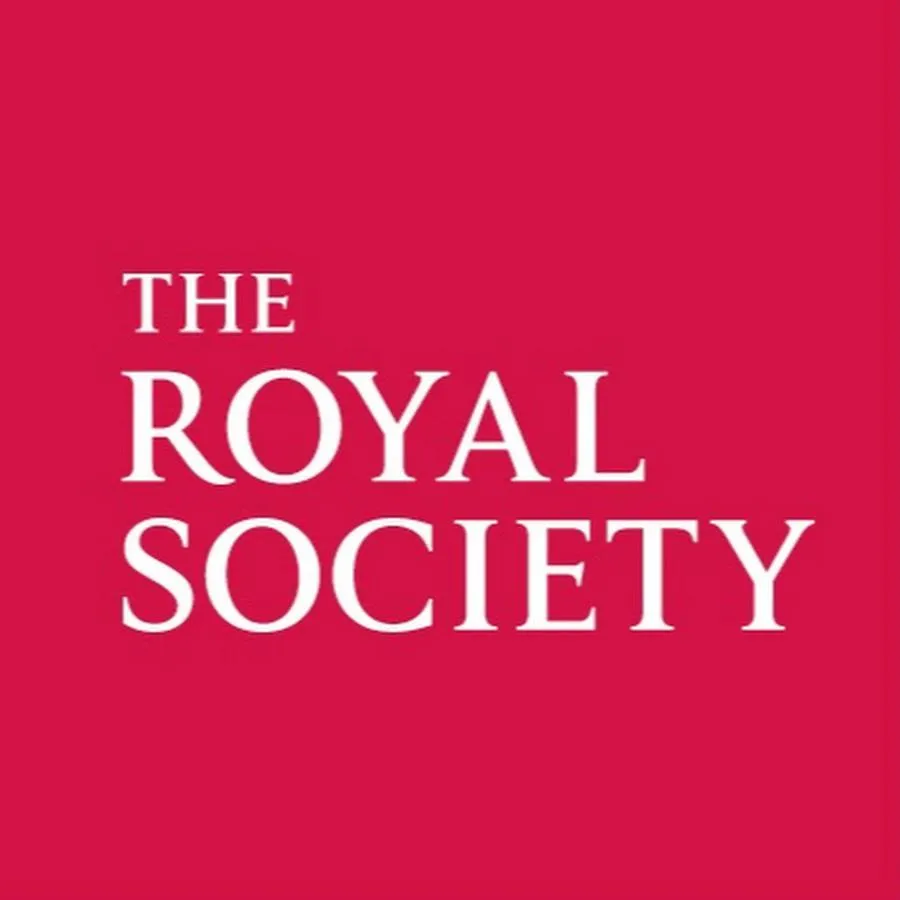The Neural Control of Human Movement Research Group is dedicated to exploring the intricate relationship between neurophysiological function and human movement. Our research spans basic investigations in healthy individuals, studies involving patients, and the development of therapeutic interventions. We focus on addressing pressing global health challenges, including long-term conditions, to understand how these factors impact movement and overall health.
Our mission is to advance understanding of the fundamental neuromuscular mechanisms underlying human movement control and behaviour, ultimately translating this knowledge into improved clinical outcomes.
Our aims are to:
- Explore Fundamental Principles: Investigate the key principles of human movement control in both healthy individuals and patients, providing insights into the underlying neurophysiological processes.
- Enhance Clinical Care: Improve clinical care by standardising diagnostic and rehabilitation methodologies, ensuring consistency and efficacy in treatment approaches.
- Collaborate with Clinical Researchers: Partner with clinical researchers to address the unmet needs of diverse patient populations, focusing on tailored interventions that improve patient outcomes.
- Innovate Technological Solutions: Develop and implement new technological approaches for assessing and enhancing brain function and sensorimotor control, driving advancements in rehabilitation techniques.
- Conduct World-Class Research: Engage in cutting-edge fundamental and applied research to enhance human health span, and influence practice globally.
Our Partners

The Academy of Medical Sciences


